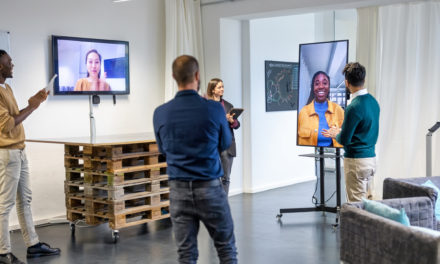
I cringe every time I hear a client lament that they have a hard time finding qualified “diverse” talent. When I say “diverse” I mean those who are underrepresented in various roles. Using this definition, the underrepresented group could be men. For example, men have historically been underrepresented as nurses, librarians, administrative assistants and other professions that are largely populated by women. While it is true that the labor force availability for certain demographic groups in certain professions can be very low (e.g. people of color who are actuaries), organizations have to find innovative ways to boost availability. Here are a series of strategic questions which the HR department and hiring managers should consider:
- What is the projection for our need for this skill over the next five years?
- What is the labor force availability of different demographic groups?
- What is our current level of representation? What is the gap?
- What is our history in trying to fill the gap?
- Why do we want to increase representation of underrepresented groups (e.g. compliance with affirmative action, belief that diversity will allow us to perform better, desire to be more representative of the communities we serve)? It is important to be clear on your motivation for wanting to increase representation. If it is compliance only, hiring managers often feel forced to choose who they might consider to be less qualified candidates. They may feel that there is a quota being imposed. As I continue the series, I will discuss the difficulty for both the manager and the hire, if there is a sense that the person is an “affirmative action” hire.
- Where do you typically recruit for this talent?
- What has been your yield of diverse talent from these sources?
- Are there other sources that you should consider? For example, I often hear, “We have always recruited from these schools/sources.” Consider that these schools/sources are not the ones where you will find the diversity you are looking for.
- In considering the schools/sources you have always recruited from, ask yourself the question, do we have an unreasonable bias towards these schools/sources? Do we judge other schools as inferior without hard evidence of such?
- Do we often talk about “fit”? (E.g. “He/she would/would not be a good ‘fit’.”)
- What does it mean to “fit” in our organization? What are the specific “fit” characteristics and behaviors of “fit”?
- Have we addressed our own unconscious biases that come into play in the interviewing process?
- Are we rejecting a large proportion of potential talent base on our “fit” criteria?
- Are we willing to consider “growing our own” by developing internal training programs or internships to develop the skills that we need?
Next week we will go deeper to explore what often happens in the talent acquisition process that might inhibit the goal to increase diversity.


















